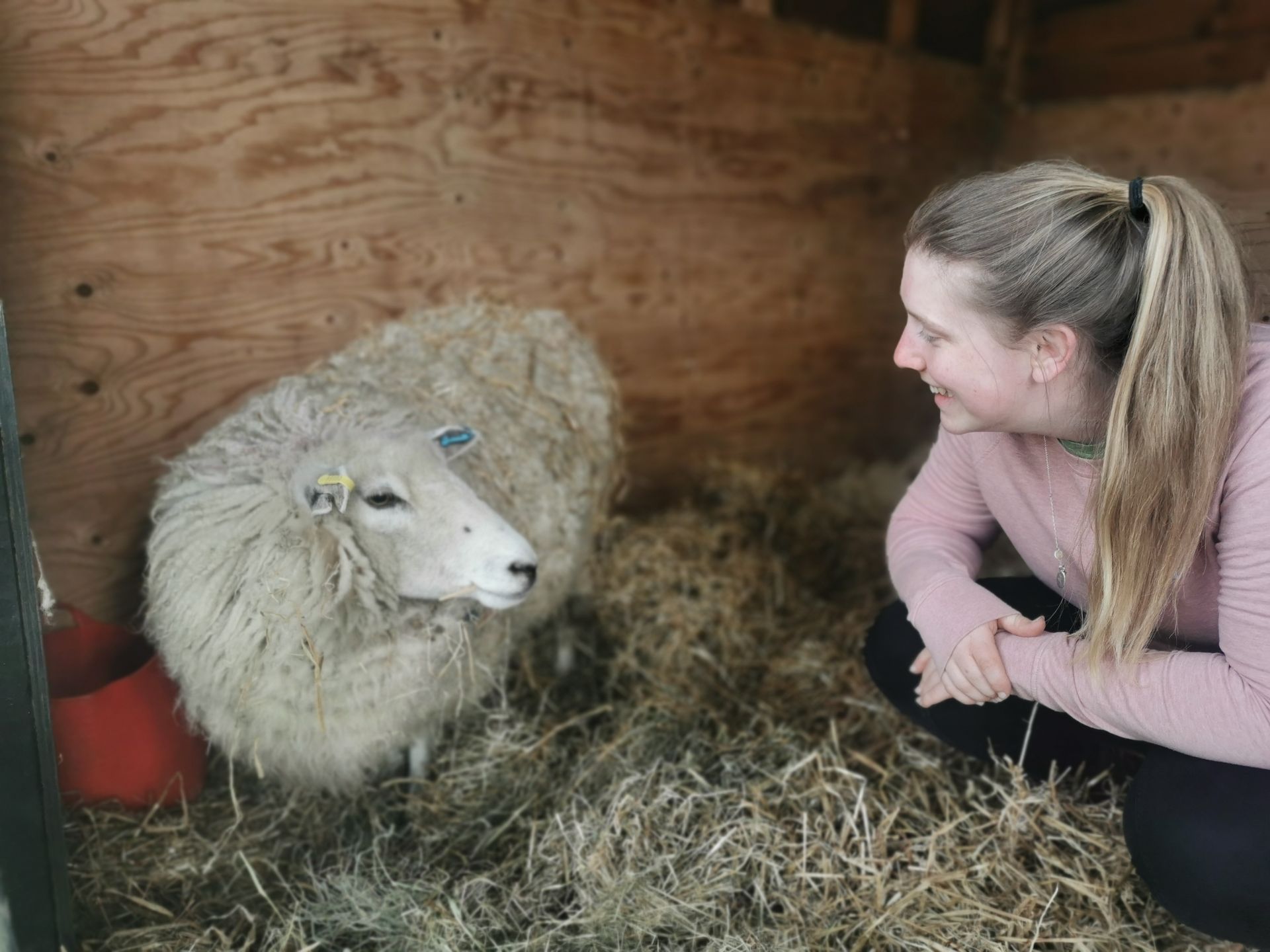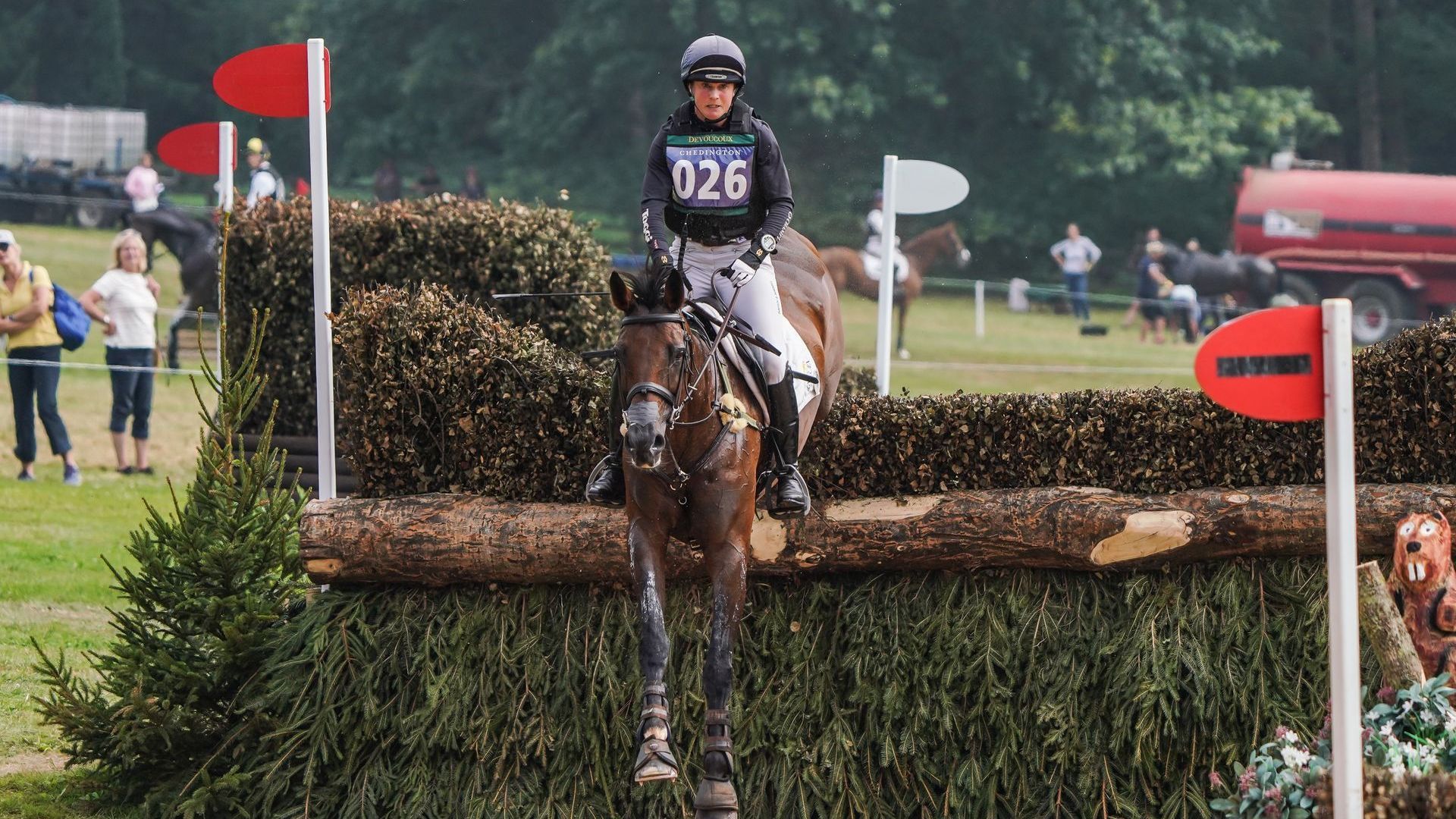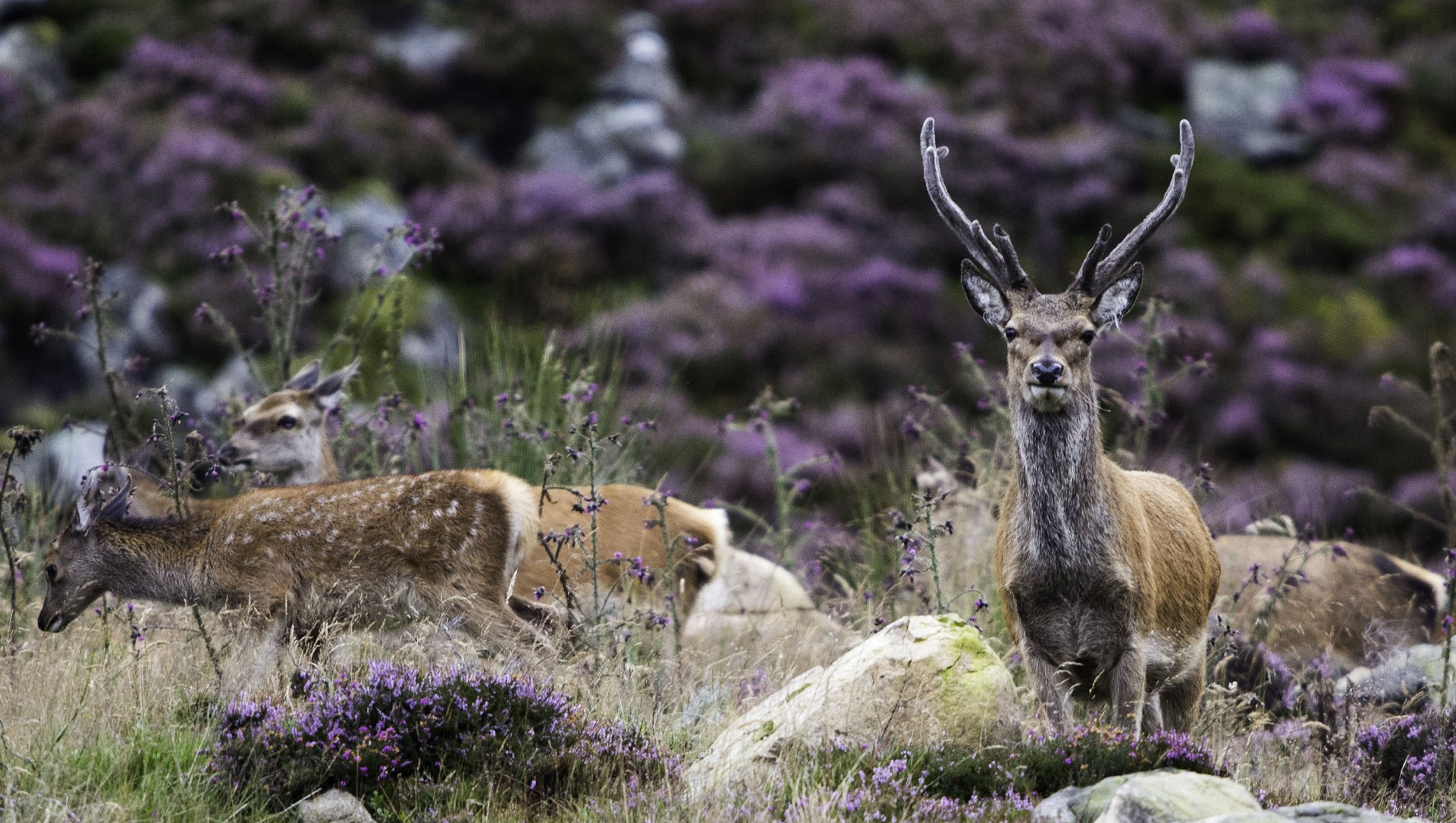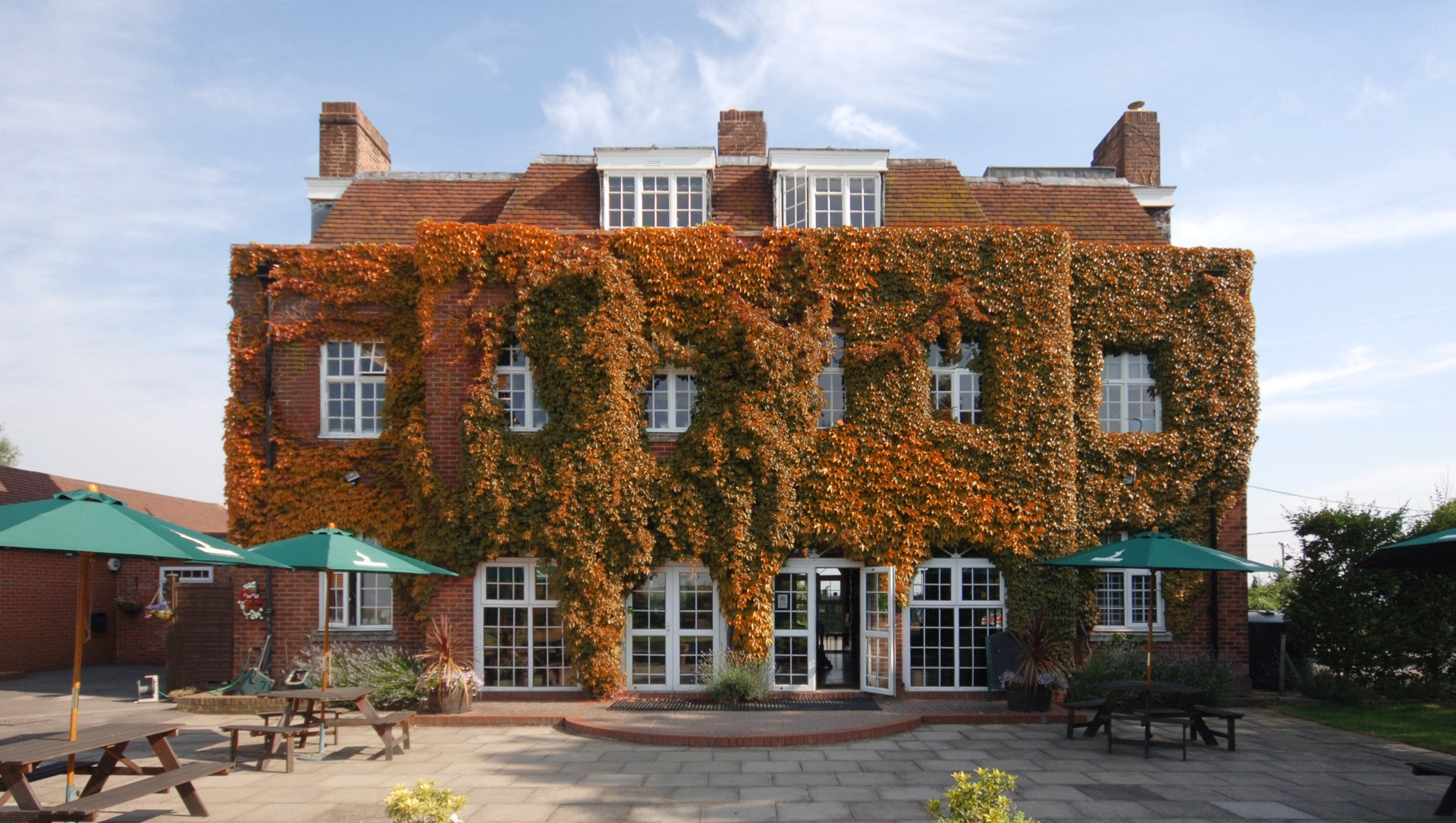Are meat boxes the sustainable future of farming?

Words by Lucie Trapp
Growing up I was always outside, enjoying nature and playing with my ponies, which led to playing on friends’ farms. I wasn’t fortunate enough to come from immediate farming stock, although both my grandmothers were farmers’ daughters, so there’s definitely farming in my blood.
This lack of a family farm meant that I needed to get formal qualifications to make me able to pursue a career in agriculture. I went to Hadlow College, which introduced me to different types of farming from milking cows to arable farms and everything in between, whilst doing practicals on the college’s farm. During the holidays I was able to travel the world - to a grass-fed beef farm in New York State, USA, and a dairy farm in New Zealand. I am hugely grateful for my time at Hadlow, as it allowed me and many others to make a go at farming despite no family farm.
After Hadlow, I went to The Royal Agricultural University, where I studied Applied Farm Management. I soon realised that agriculture remains male-dominated and resistant to new ideas or even repackaged old ones, so I decided I would have to set up on my own. At the age of 20, my parents bought me a flock of 10 New Zealand Romney ewe lambs and the business has grown ever since.
In 2018, I launched Lucie’s Lambs, a sustainable meat box business in partnership with my dad, Roger. Whilst my dad also doesn’t come from a direct farming family, he too spent his childhood playing on relatives’ farms and worked on one in his university holidays, so has an idea of what is going on and is especially helpful when it comes to mending broken fences or water troughs!
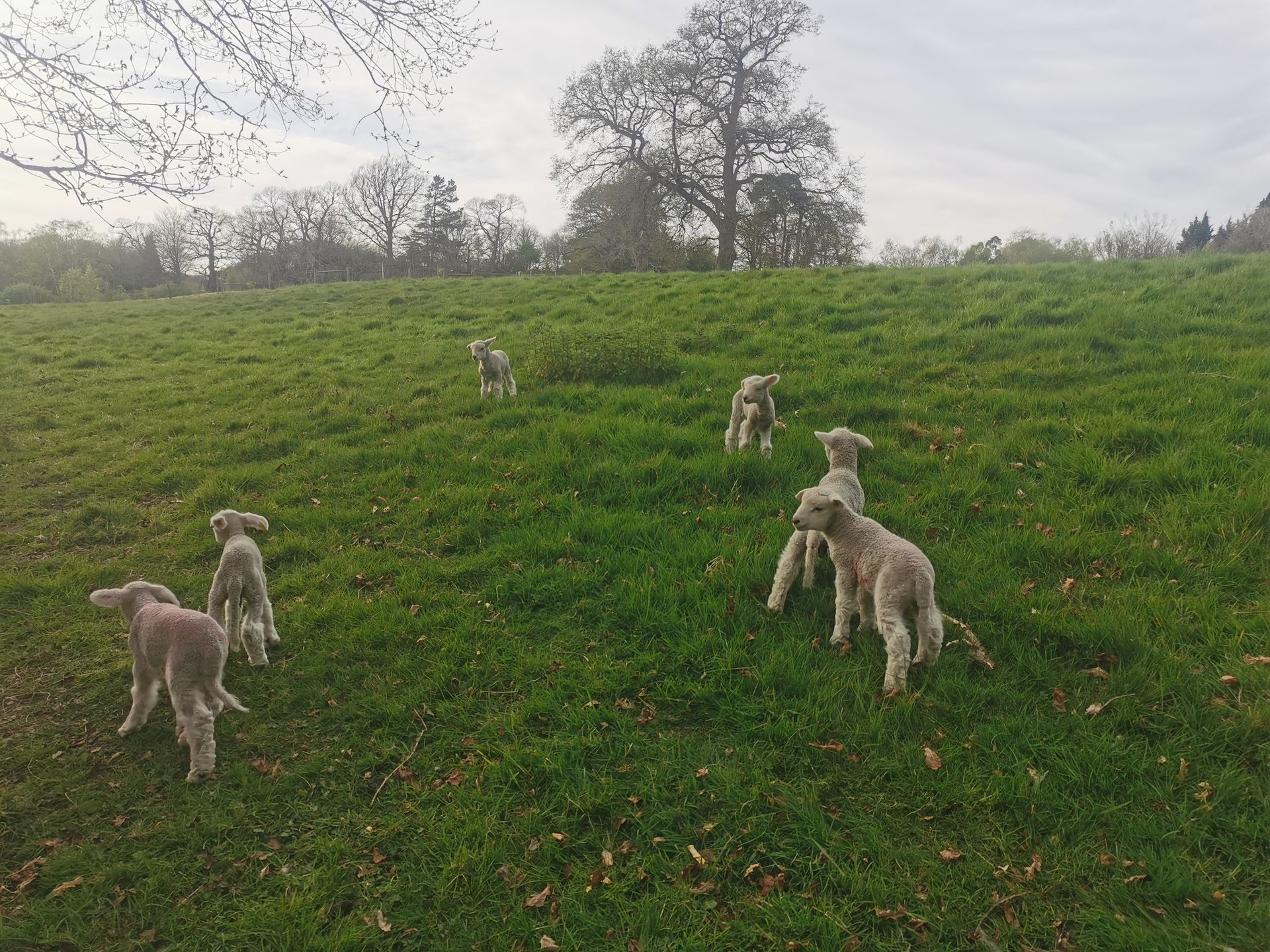
Our flock now consists of New Zealand Romney, English Romney and Romney x Charolais ewes, and we use a New Zealand Romney ram each year that we hire in from a near-by farm. I chose the Romney sheep as they are our local breed and an extremely hardy sheep. My parents very kindly allow me to graze their fields, but they are incredibly steep and open to the elements, although there are plenty of hedges and trees for the sheep to lie in front of when they need to seek shelter. The New Zealand Romneys are smaller in size, extremely maternal, and self-sufficient, making it easier for me to look after the sheep on my own.
Our sheep live outside all year round, even during lambing, and have a diet consisting of 100% grass with our homegrown hay supplementing them in the winter when the grass growth slows down. We currently have 20 breeding ewes, but we fluctuate between 20 and 25 breeding ewes from year to year.
When I started the sheep business, I wanted to make sure that we weren’t impacting the environment. Farmers get a bad reputation when it comes to livestock farming and climate change, but there are methods to reduce your impact on the planet. Here at Lucie’s Lambs, we farm using regenerative methods, which is essentially farming in an old-fashioned way. We paddock graze our sheep, making them graze tightly in a fairly small area before we move them to the next paddock in the rotation.
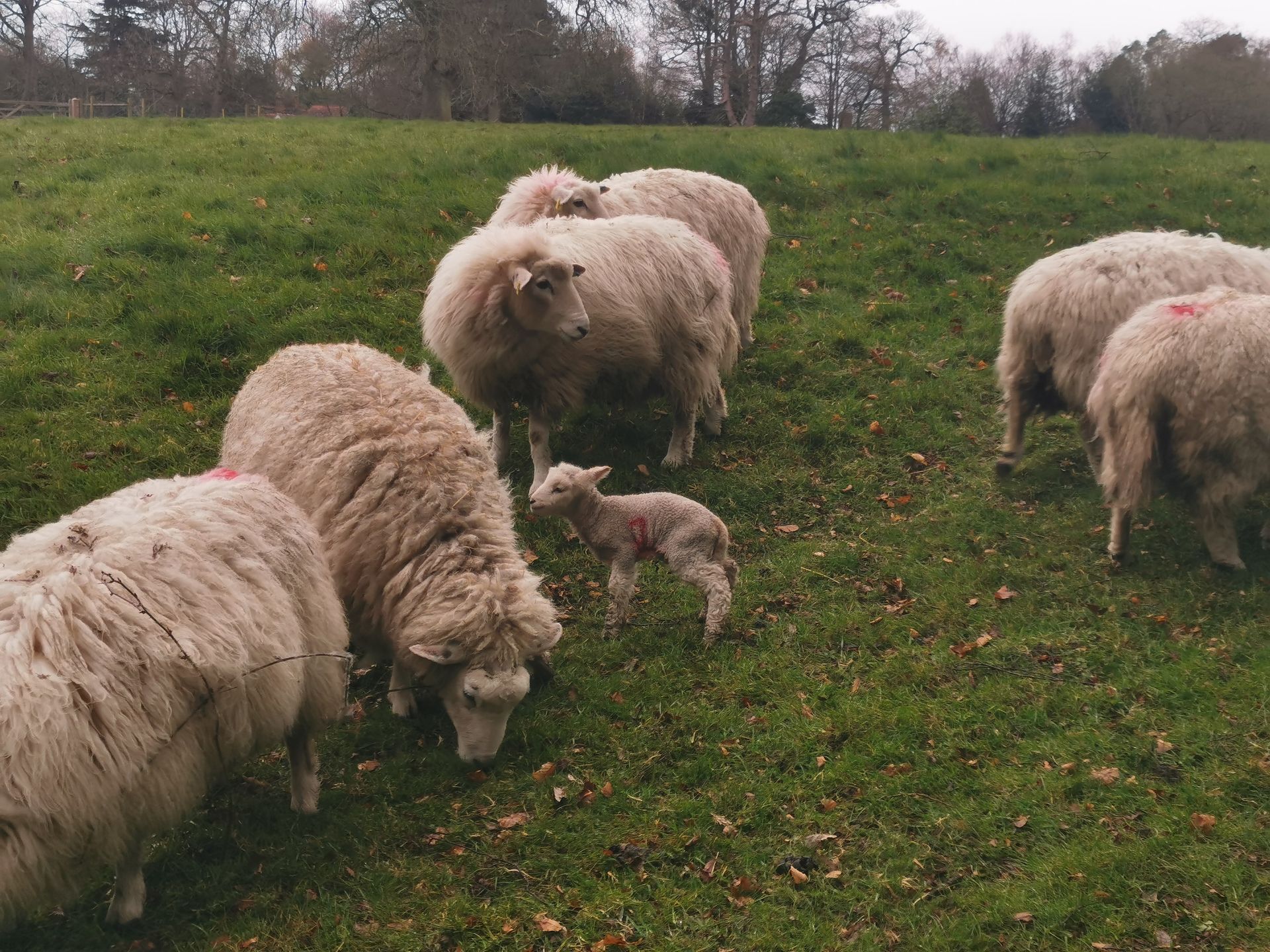
Each paddock is rested for at least 6 weeks, ideally longer, to allow sufficient grass regrowth and reduce the worm burdens. We also don’t use any chemicals or artificial fertiliser on the fields and only use antibiotics and wormers when necessary, protecting the environment and reducing resistance.
My parents’ fields consist of herbal leys, predominantly clover, sainfoin and vetches, which provide plenty of protein as well as giving them a varied diet. This also encourages wildlife. Since the addition of the sheep grazing, we have noticed a big increase in the variety of wildlife - from kestrels, tawny and barn owls, red kites and buzzards to bats and field mice. The land is a rare soil type - Greensand - which brings its own challenges. In places it is incredibly unstable, meaning that we cannot use machinery to cut grass on the steep slopes or do field maintenance. But the sheep have been invaluable in eating the grass on these slopes as well as trampling any undesirable vegetation, such as bramble and bracken.
In contrast we rent a further 20 acres in the local village, where the soil type is clay and the fields are much flatter but there are a lot of spring lines which make the fields wet and unsuitable for cattle to graze for much of the year. The sheep graze the fields tightly allowing the grass to improve in quality without the use of machinery which could potentially damage the ecosystem with compaction. Another aspect of the business which was really important to me was that I wanted to make sure that no part of the animal is wasted, from the wool to the tail. Every summer we shear the ewes, and this wool is sold to gardeners to put on their raised beds or vegetable garden to suppress weeds.
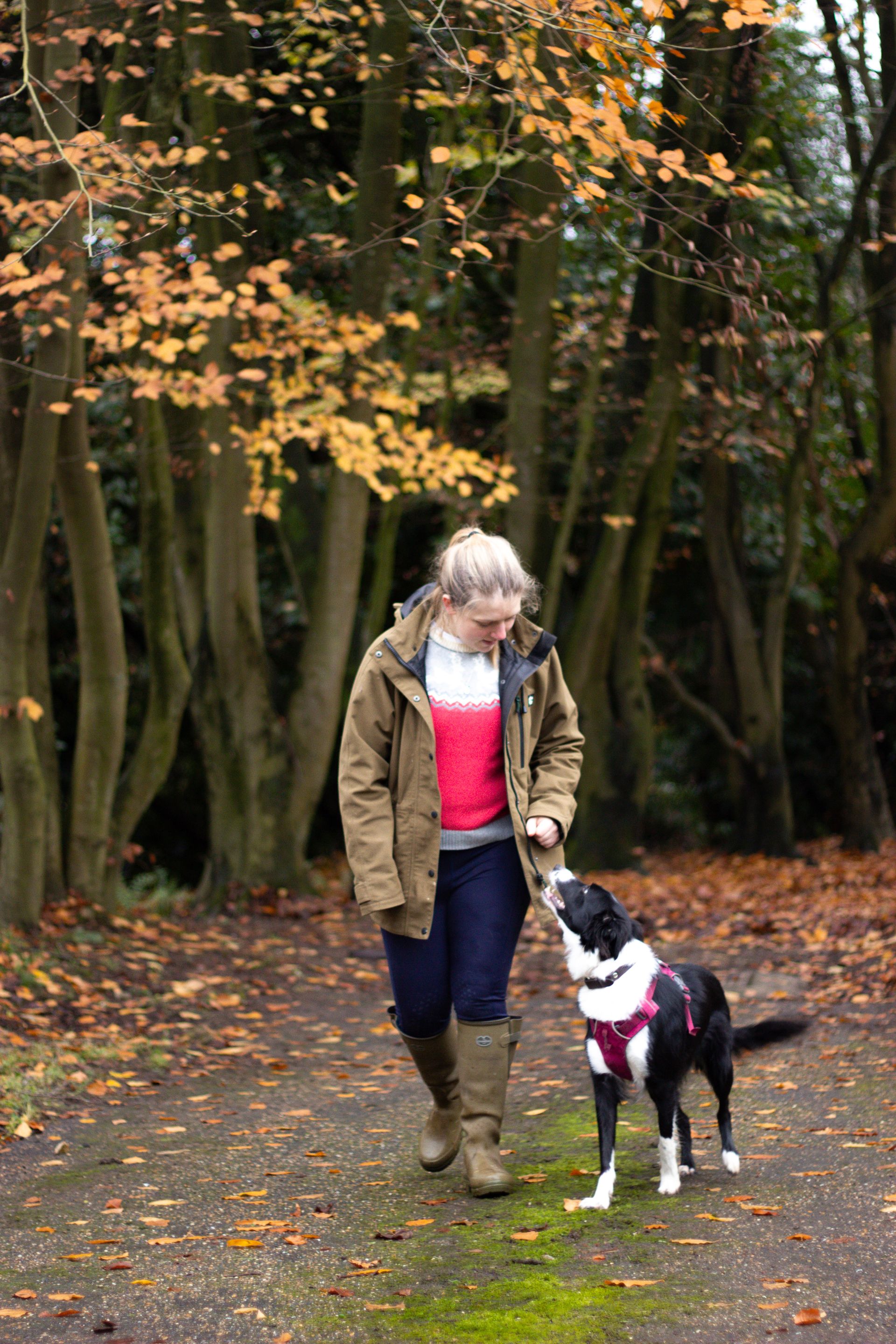

It also helps reduce the reliance on fleeces, which release microplastics into the soil. Instead, the wool insulates the plants throughout the winter and decomposes slowly, adding organic matter to the soil. We also offer the sacks of wool to be refilled, reducing our packaging waste.
Our main product is our meat boxes, we start the year with lamb boxes in October to early November, depending on grass growth. Then our best seller hogget boxes - which have been acclaimed by The Independent - are available from February. We also do a small amount of mutton each year, and this is becoming more popular, especially in the winter, for those slow roasted joints.
Our meat is incredibly seasonal. Because we don’t fatten our sheep artificially, we are reliant on the grass having enough nutrition to allow the sheep to make the desired weight, but this also improves the flavour. Our meat is sold direct from the farm to the consumer at pop-up shops around four times a year.We use a small-scale abattoir and butcher which has been going since the 1950s and is still in the same family, just seven miles away. As well as being good for animal welfare, this keeps our carbon footprint low as well as supporting our local community.
Finally, I make lambskin rugs, which are cured with salt in our garage before being sent off to Dorset to a small tannery, one of the last in the country. They come back with beautiful suede underneath and the softest fleece on the top. Our customers love laying their children on them as they regulate temperature as well as providing that luxurious feel on your feet if they are put by your bed.
For more information or to purchase a meat box visit our website
www.lucieslambs.co.uk or follow me on Instagram at lucies_lambs
Read more:
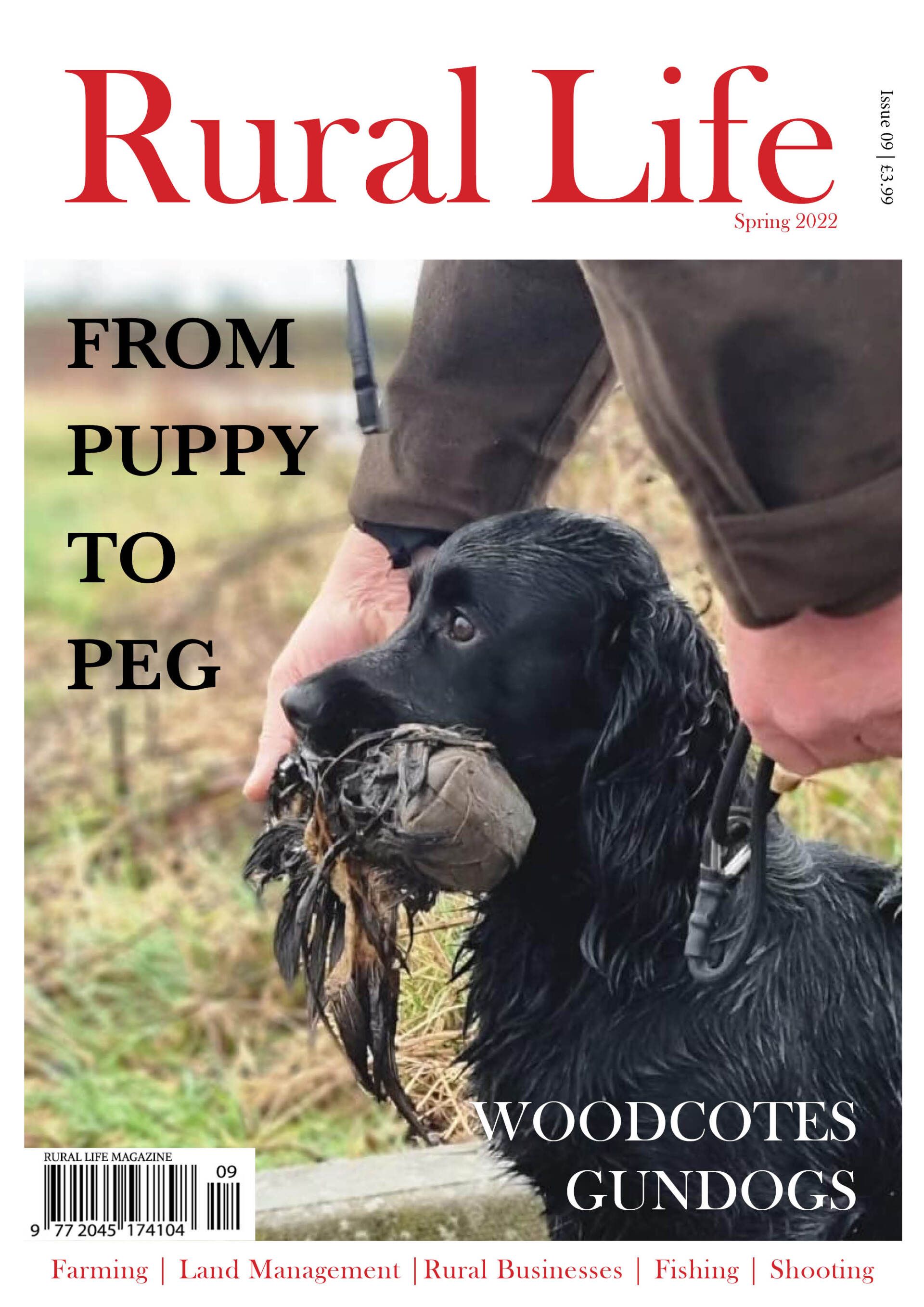
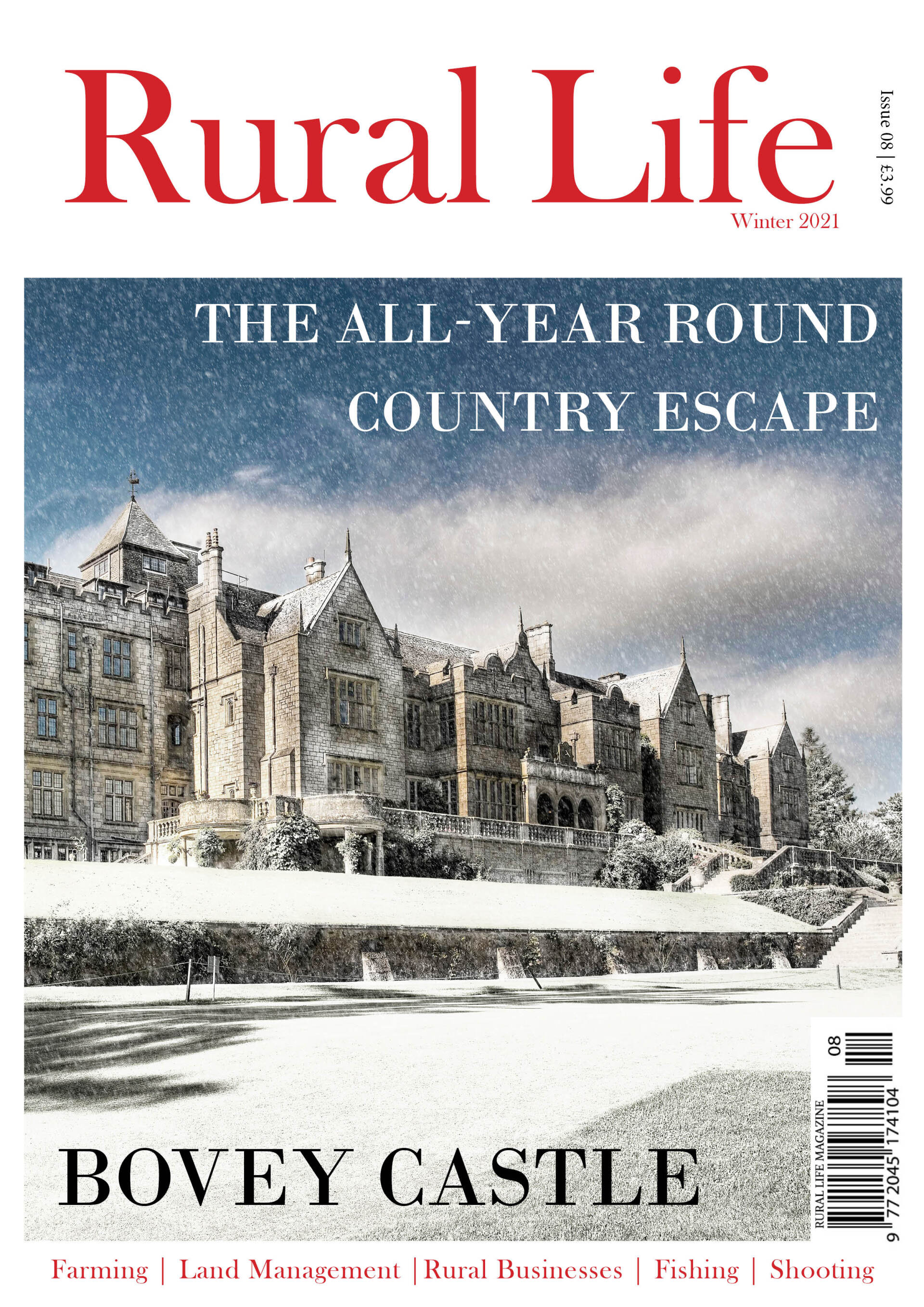
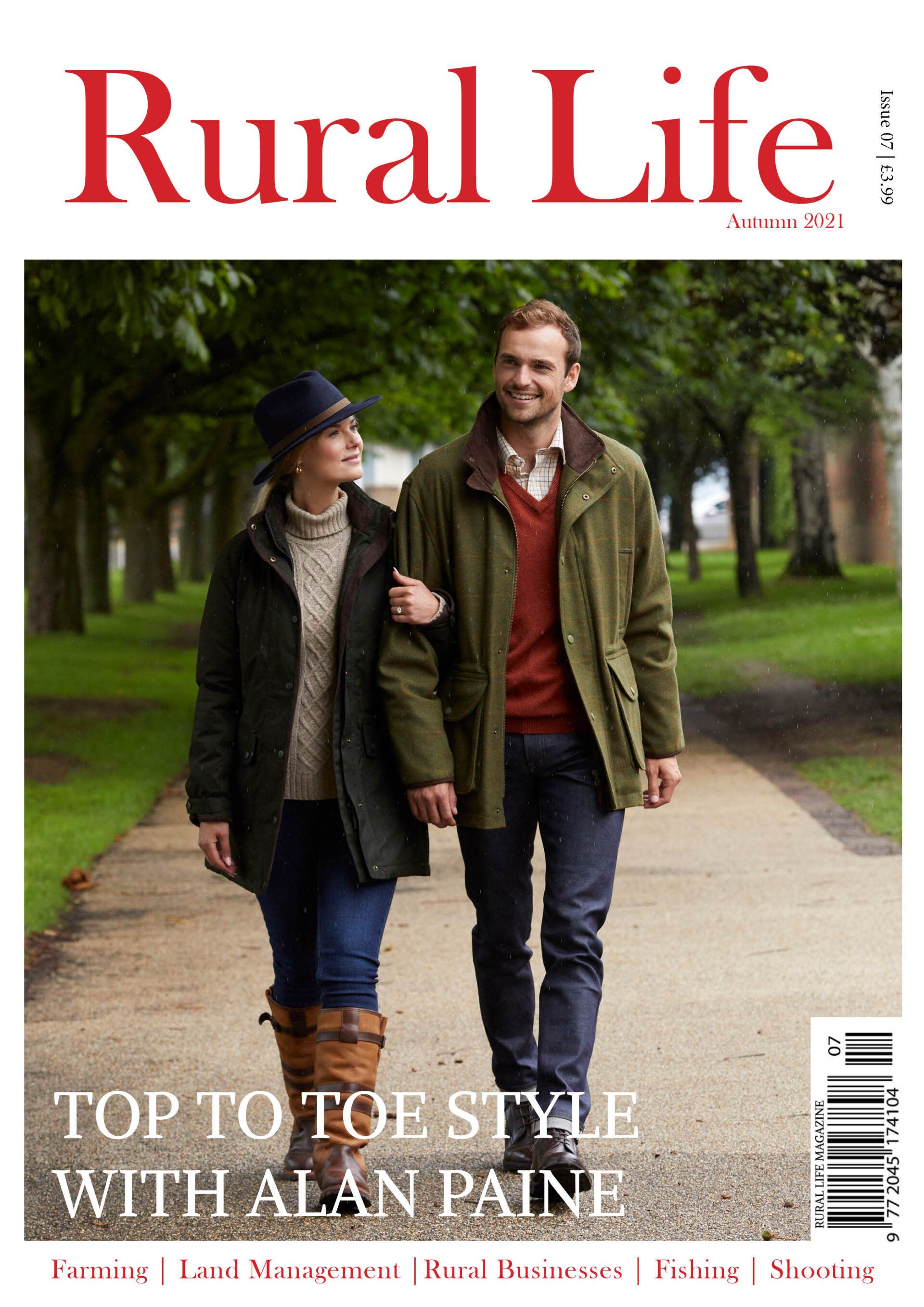
Contact Us
Contact Us
Thank you for contacting us.
We will get back to you as soon as possible
- Rural Life
Please try again later


